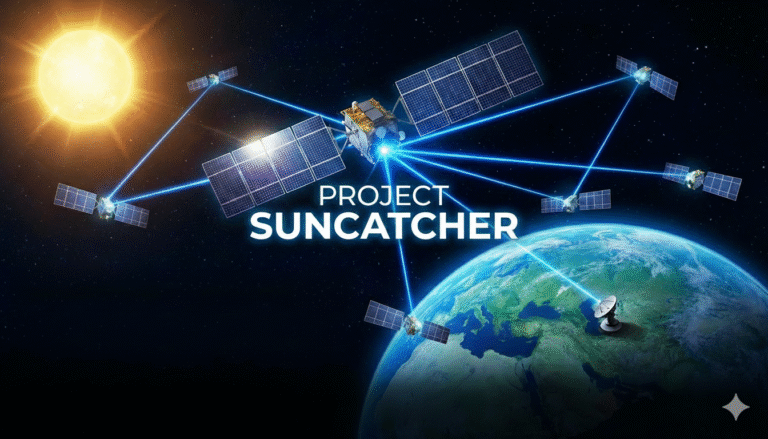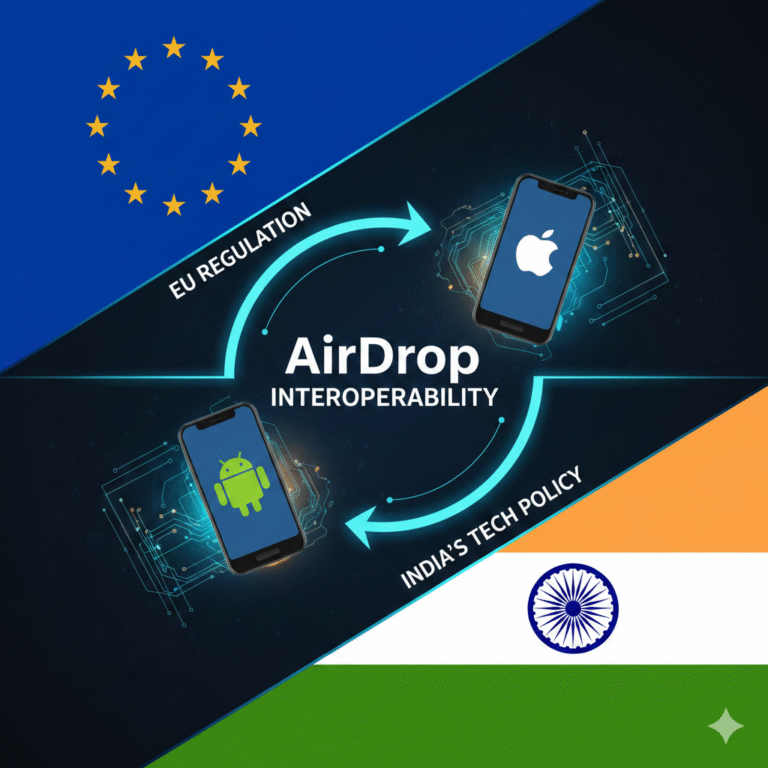Introduction
Space exploration has always been at the forefront of scientific discovery, expanding our understanding of the universe and pushing the boundaries of human knowledge. But exploring space comes with extreme challenges – harsh environments, vast distances, and unpredictable conditions. This is where space exploration robotics comes in.
From NASA’s Perseverance Rover, which is searching for signs of ancient life on Mars, to autonomous space drones like Ingenuity and beyond, robots are becoming the primary explorers of deep space. These intelligent machines are designed to survive where humans cannot, gathering invaluable data and preparing the way for future manned missions.
This article explores the role of robotics in space exploration, the latest advancements in autonomous space drones, and what the future holds for robotic space missions.
1. Why Are Robots Essential for Space Exploration?
Sending robots into space is not just a matter of convenience—it’s a necessity. Here’s why:
✅ Survival in Extreme Conditions – Robots can endure the intense radiation, freezing temperatures, and zero gravity of space better than humans.
✅ Reduced Costs and Risks – Manned missions require life support systems, increasing costs and risks. Robots eliminate these concerns.
✅ Exploring Hard-to-Reach Places – Robotic rovers and drones can venture into dangerous areas, such as craters, lava tubes, and icy moons.
✅ Continuous Scientific Research – Robots can function 24/7, sending back data even when human astronauts are not present.
2. NASA’s Perseverance Rover – The Smartest Mars Explorer
Launched in July 2020, NASA’s Perseverance Rover landed on Mars in February 2021, marking a historic moment in space exploration. It is the most advanced rover ever built, equipped with cutting-edge technology designed to search for signs of ancient microbial life and test new space technologies.
🔹 Key Features of Perseverance:
🛰 Autonomous Navigation – Uses AI-powered systems to analyze the terrain and drive itself across Mars’ surface.
🧪 Sample Collection System – Perseverance is gathering rock and soil samples, which may be retrieved by future missions and returned to Earth.
🌍 MOXIE Experiment – The rover is testing a system that converts Martian CO2 into oxygen, a vital technology for future human missions.
📡 Advanced Communication Systems – Sends high-resolution images and scientific data back to Earth in real time.
🔹 The Significance of Perseverance’s Mission
🚀 Looking for Ancient Life – By analyzing Martian rocks and soil, Perseverance is investigating whether Mars once harbored microbial life.
🚀 Preparing for Human Exploration – Technologies tested by Perseverance will help scientists design systems for future astronauts on Mars.
🚀 Collaborative Space Exploration – The rover is part of NASA’s broader plan to send humans to Mars in the 2030s.
More about Perseverance: NASA Official Page
3. Ingenuity – The First Autonomous Space Drone
Alongside Perseverance, NASA also sent Ingenuity, a small autonomous drone designed to test flight on another planet. Ingenuity is the first aircraft to achieve powered flight on Mars, proving that aerial exploration on other planets is possible.
🔹 How Ingenuity Works
🌀 Autonomous Flight – Ingenuity operates independently, making flight decisions based on onboard sensors and AI.
🪶 Lightweight Design – Weighing only 1.8 kg (4 lbs), its lightweight structure enables it to fly in Mars’ thin atmosphere.
📷 High-Resolution Cameras – Captures aerial images to help scientists map the Martian terrain.
🚁 Multiple Flights – Initially planned for five flights, Ingenuity has exceeded expectations, completing dozens of successful missions.
Learn more about Ingenuity: NASA’s Ingenuity Page
4. Robotic Exploration Beyond Mars – Future Missions
The success of Perseverance and Ingenuity has paved the way for more advanced space robots. Here are some upcoming robotic missions set to explore the far reaches of space:
🔹 Europa Clipper – Searching for Life on Jupiter’s Icy Moon
NASA’s Europa Clipper, launching in the 2030s, will investigate Jupiter’s moon Europa, which is believed to have a vast underground ocean beneath its icy crust. Scientists think this ocean may harbor extraterrestrial life.
🛰 Mission Goal: To analyze Europa’s surface and subsurface for evidence of life.
🔬 Key Technology: Equipped with radar, spectrometers, and high-resolution cameras.
Learn more about Europa Clipper: NASA Europa Clipper Mission
🔹 Dragonfly – A Drone for Saturn’s Moon Titan
NASA’s Dragonfly mission will send an autonomous drone to Titan, Saturn’s largest moon. Titan has a thick atmosphere and liquid methane lakes, making it a fascinating place for exploration.
🚁 Dragonfly will fly across Titan’s surface, collecting samples and studying its atmosphere.
👨🔬 Mission Goal: Investigate whether Titan has the building blocks of life.
More on Dragonfly: NASA Dragonfly Page
5. The Future of Space Exploration Robotics
The next generation of space robots will be even more autonomous, intelligent, and capable. Some exciting developments include:
✅ AI-Powered Robots – Future robots will use AI and machine learning to make real-time decisions without human intervention.
✅ Self-Repairing Robots – Using nanotechnology and self-healing materials, robots will be able to repair themselves in deep space.
✅ Swarm Robotics – Instead of sending one large rover, future missions may deploy swarms of small, interconnected robots to explore planets efficiently.
✅ Human-Robot Collaboration – Astronauts on future Mars missions will work alongside robotic assistants to perform complex tasks.
6. Conclusion
Space exploration is entering a new era, where robots are leading the way to the Moon, Mars, and beyond. From the groundbreaking Perseverance Rover and Ingenuity drone to upcoming missions like Europa Clipper and Dragonfly, robotic explorers are helping scientists unlock the secrets of the universe.
With advancements in AI, autonomous systems, and robotic engineering, the possibilities for space exploration are limitless. The dream of colonizing Mars, discovering alien life, and reaching distant exoplanets is becoming more achievable, thanks to space robotics.
The next decade promises even greater breakthroughs, as robotic explorers continue to venture deeper into space, paving the way for humanity’s greatest adventure.
References:
- NASA Mars 2020 Mission – https://mars.nasa.gov/mars2020/
- Ingenuity Helicopter – https://mars.nasa.gov/technology/helicopter/
- NASA Europa Clipper Mission – https://www.nasa.gov/europa
- NASA Dragonfly Mission – https://www.nasa.gov/dragonfly











[…] Space Exploration Robotics – How NASA’s Perseverance Rover and Autonomous Space Drones Are Pushi… […]
[…] Space Exploration Robotics – How NASA’s Perseverance Rover and Autonomous Space Drones Are Pushing the Limits of Deep-Space Missions Read here […]
[…] Space Exploration Robotics – How NASA’s Perseverance Rover and Autonomous Space Drones Are Pushing the Limits of Deep-Space Missions Read here […]